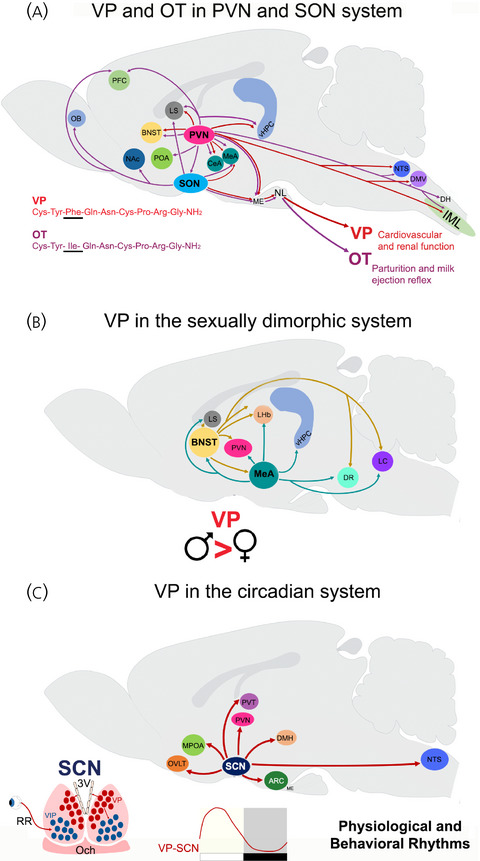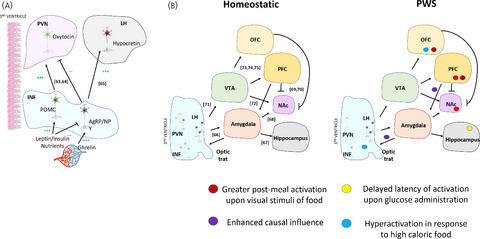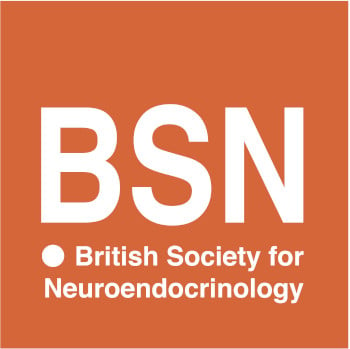Journal list menu
Export Citations
Download PDFs
ISSUE INFORMATION
EDITORIAL
REVIEW ARTICLE
Vasopressin: An output signal from the suprachiasmatic nucleus to prepare physiology and behaviour for the resting phase
- First Published: 02 June 2021
ORIGINAL ARTICLE
Role of central kisspeptin and RFRP-3 in energy metabolism in the male Wistar rat
- First Published: 07 May 2021
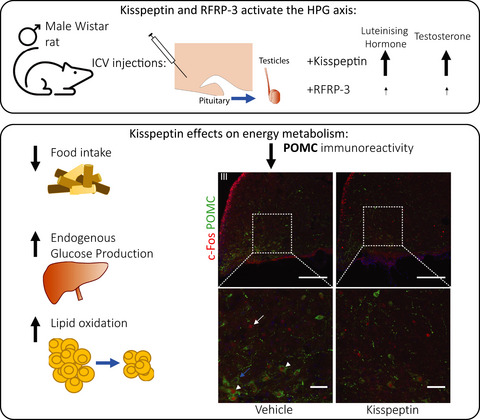
In the past 10 years, it has become clear that apart from their role in reproductive physiology the RF-amides Kisspeptin (Kp) and (Arg)(Phe) related peptide 3 (RFRP-3) are also involved in the control of food intake, as well as glucose and energy metabolism. To investigate further the neural mechanisms responsible for these metabolic actions, we assessed the effect of acute i.c.v. administration of Kp or RFRP-3 in ad lib. fed male Wistar rats on feeding behaviour, glucose and energy metabolism, circulating hormones (luteinising hormone, testosterone, insulin and corticosterone) and hypothalamic neuronal activity. Our results provide further evidence that Kp is not only a very potent hypothalamic activator of reproduction, but also part of the hypothalamic circuit controlling energy metabolism.
REVIEW ARTICLE
Hypothalamic neuropeptides and neurocircuitries in Prader Willi syndrome
- First Published: 18 May 2021
ORIGINAL ARTICLE
Microglial synaptic pruning on axon initial segment spines of dentate granule cells: Sexually dimorphic effects of early-life stress and consequences for adult fear response
- First Published: 22 April 2021

Axon initial segment (AIS) spines (AISS) of dentate gyrus granule cells receiving glutamatergic inputs are pruned during development by resident microglial cells, as measured by microglial engulfment of PSD-95. AISS pruning declines with ageing, and this decline is slowed by early-life stress in the form of maternal separation (MS), and can be modified in dentate granule cells in brain slices ex vivo by the stress-associated neuropeptide vasopressin (decreased pruning). AISS pruning and later-life responses to stress (predator sound) are both affected by MS, and there is a clear sexual bias in both behavioural response and microglial AISS engulfment responses to MS, in favour of greater female stress reactivity.
EDITOR INVITED REVIEW
Ghrelin as a treatment for amyotrophic lateral sclerosis
- First Published: 29 January 2021
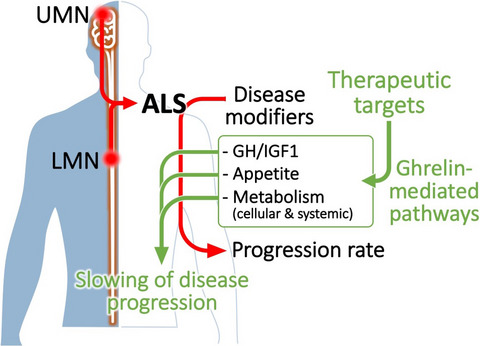
Ghrelin, a hormone that is predominantly secreted by oxyntic glands of the stomach, has wide-ranging biological actions. These actions underscore the potential for the use of ghrelin and/or the activation of ghrelin-mediated pathways as a therapy for conditions associated with the loss of growth hormone secretion, impairments in appetite and alterations in metabolic homeostasis. Here, we briefly summarise the biological actions of ghrelin with a specific focus on the treatment of amyotrophic lateral sclerosis (ALS; a neurodegenerative disease characterised by the death of upper (UMN) and lower (LMN) motor neurones).
ORIGINAL ARTICLES
Neuroendocrine changes in the hypothalamic-neurohypophysial system in the Wistar audiogenic rat (WAR) strain submitted to audiogenic kindling
- First Published: 04 May 2021
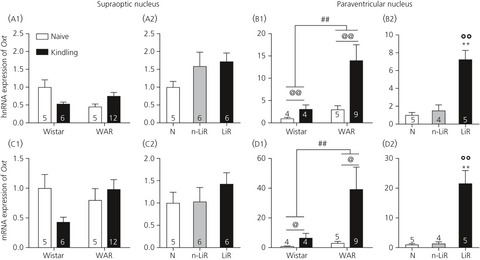
Increases in both plasma vasopressin and oxytocin levels were observed in Wistar audiogenic rats (WARs) when compared to Wistar rats. These results were related to an increase in the gene expressions of oxytocin (Oxt) and vasopressin (Avp) in the paraventricular nucleus in WARs submitted to audiogenic kindling that presented limbic recruitment. We also found a reduction in the Avpr1a expression in the central nucleus of the amygdala and frontal lobe in the WAR strain.
Cyclic AMP-dependent activation of ERK via GLP-1 receptor signalling requires the neuroendocrine cell-specific guanine nucleotide exchanger NCS-RapGEF2
- First Published: 06 May 2021
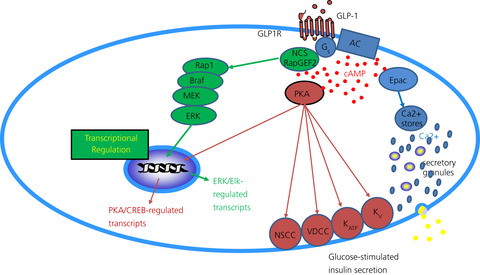
We characterised glucagon-like peptide 1 (GLP-1)-dependent ERK activation as cAMP/NCS-RapGEF2-dependent in neuroendocrine cells including the beta cell-like cell line INS-1. NCS-RapGEF2-dependent signalling through GLP-1 causes ERK-dependent induction of immediate-early gene expression in INS-1 cells. RapGEF2 controls ERK-dependent signalling initiated by GLP-1 in insulinoma cells.





